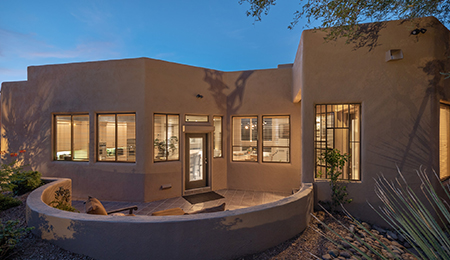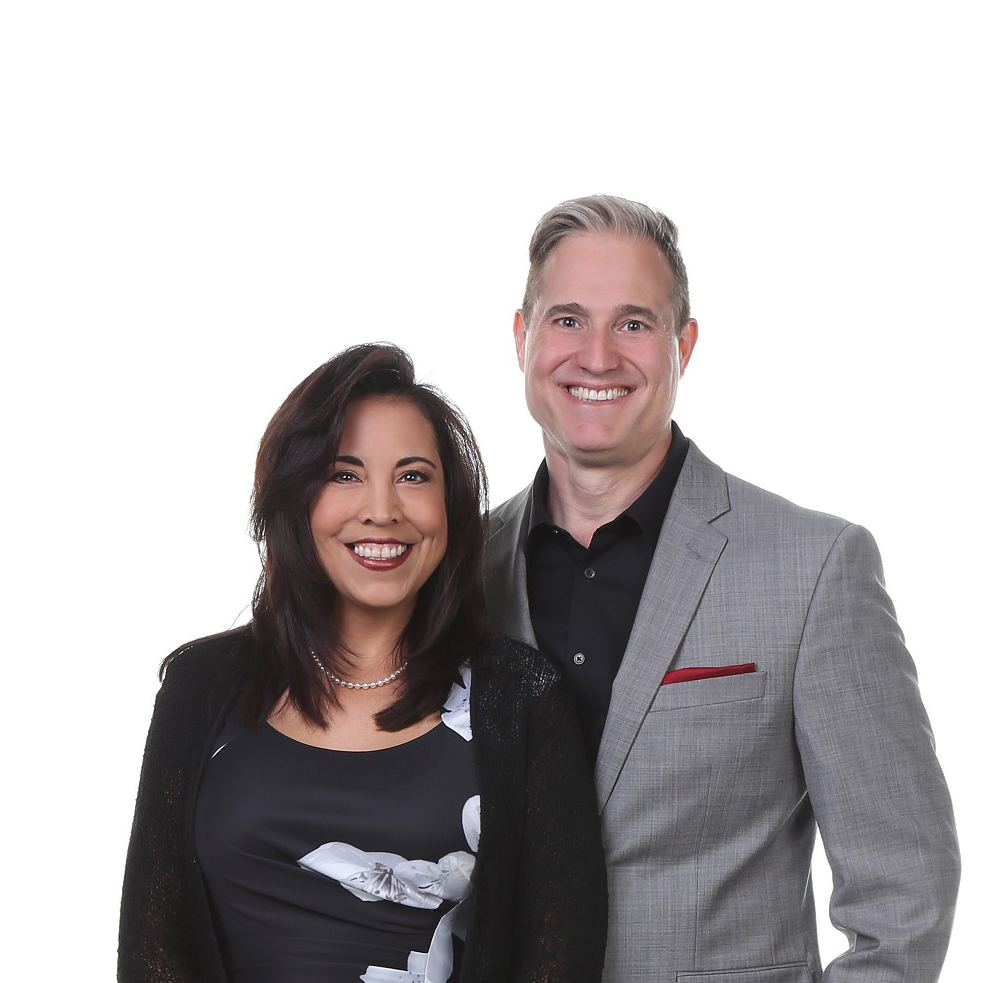Everything you’ve ever wanted to know about reverse mortgages.
What are reverse mortgage payments, and how do they work? To help us answer this question, we’re speaking with a reverse mortgage specialist, Glen Smart. He’ll take some of the mystery out of reverse mortgages and help you understand their benefits for homeowners.
According to Glen, a reverse mortgage is a loan program where the borrower receives money upfront based on their age and the value of their home. This program is typically used by seniors, and the Department of Housing and Uban Development (HUD) requires the borrowers to be 62 years or older. However, there’s a proprietary reverse mortgage program that is available to people as young as 55.
If a homeowner dies while they have a reverse mortgage, Glen says that the loan moves on to the other borrower, if there is one. If no other borrower remains alive, the home would go to their estate.
“This program can be a great option for seniors.”
One of the best parts of a reverse mortgage is that there are no monthly payments. You still need to pay property taxes, insurance, and HOA dues, but mortgage payments are off the table.
This all sounds fantastic, but reverse mortgages aren’t for everyone. This program isn’t designed for someone who will hold onto a home for only a short amount of time. Typically, reverse mortgages only make sense if you hold them for two years or longer.
One of the best benefits of a reverse mortgage is that they increase the buying power of someone who would otherwise want to pay cash. For example, a reverse mortgage can allow you to buy a larger home, if you want one.
If you have more questions about reverse mortgages and how they work, reach out to Glen Smart at (502) 245-8830. As always, don’t hesitate to call or email us with any questions. We are always willing to help!


